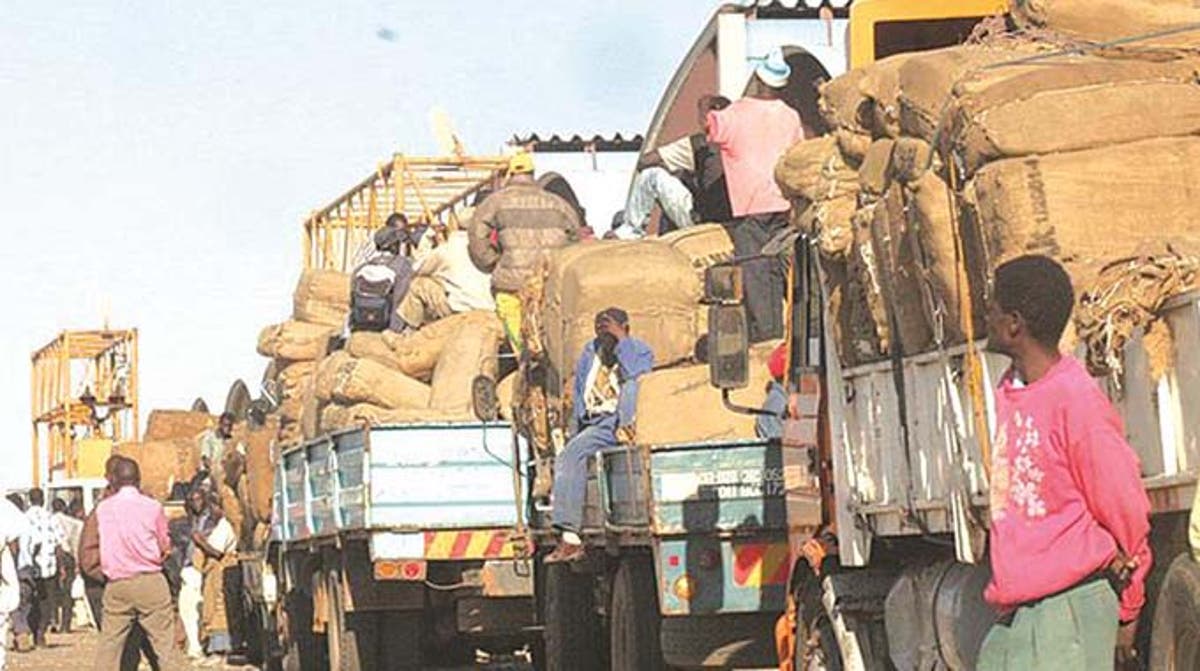Farmers fret over dry spell
Farmers are becoming very worried as the dry spell continues with crops showing signs of moisture stress and a lot could depend on supplementary irrigation to ensure reasonable harvests.
It has not been raining in most parts of the country while there have been localised light rains in Mashonaland and Manicaland.
Maize at tasselling and grain filling stage have been severely affected while some farmers who had planted sugarbeans said the crop was now under threat from cutworms.
Agritex director, Mr Stancilae Tapererewa said the dry spell had been experienced countrywide and some crops could saved if rains come now.
“We hope it rains as farmers had put so much efforts this season.
“Farmers are currently controlling fall armyworm and weeding. Fall armyworm infestation increases in dry times. We do not recommend farmers to apply top dressing fertiliser until it rains otherwise they will burn the crops,” he said.
Zimbabwe Commercial Farmers Union president Dr Shadreck Makombe yesterday said the situation was worrying in most parts of the country.
“In some areas the crops are now a write off and cannot recover even if we get the rains soon.
“Farmers under Pfumvudza can save their crops through supplemental irrigation since their plots are small.
“The dry condition has also made it impossible for farmers to control weeds using systemic herbicides,” he said.
Zimbabwe Indigenous Women Farmers Trust, president, Mrs Depinah Nkomo said the in areas such as Selous, effective rains were last received more than two weeks ago.
“Climate change has affected rainfed agriculture. If smallholder farmers could be capacitated so they can irrigate at least one hectare, we will not be affected by these dry spells.
“Smallholder farmers especially women should be assisted with irrigation equipment.
We have several water bodies where we can get water for irrigation,” she said.
Agriculture expert, Mr Ivan Craig said when rains fall farmers must harness as much rain as possible storing it in the soil and then fully using it.
“This is done by clearing siltation from the storm drains and contours and closing the
ends so that no water will flow out. All the water must be harnessed in the drains and
encourage filtering into the soil benefiting the crops. “Farmers should also create some
trenches between the rows measuring around 10m long by 60cm wide and about 60cm
deep and do several of those in the field. One can also tie the ridges on the crop which is
planted on ridges; ties are short soil walls created to join two ridges these can be 15m
centimetres long and they should be staggered in the field as a way to spread the water
evenly in the field,” he said.
Meteorological Services Department agro-meteorologist Mr Benjamin Kwenda yesterday
said: “Parts of Mashonaland provinces and parts of Manicaland had been receiving some
rains here and there and some places recorded various amounts yesterday. We are
expecting something in the Matebeleland South and Masvingo provinces today or
tomorrow,” he said.
Isolated thunderstorms occurred in all Mashonaland provinces, Harare Metropolitan and
Matabeleland South on Monday. The only notable rainfall figure recorded yesterday
morning was 15 mm in Karoi.
The Met department said that today the weather should be mostly sunny and warm in
most areas with isolated showers likely in all Mashonaland provinces and Harare
Metropolitan. However, winds should strengthen in Matabeleland South, southern areas
of Midlands, Masvingo and southern parts of Manicaland.
Mild conditions are expected countrywide in the morning.
More than 2,5 million hectares had been put under cropping by February 1 with 1 563 200
hectares planted to maize.-The Herald










